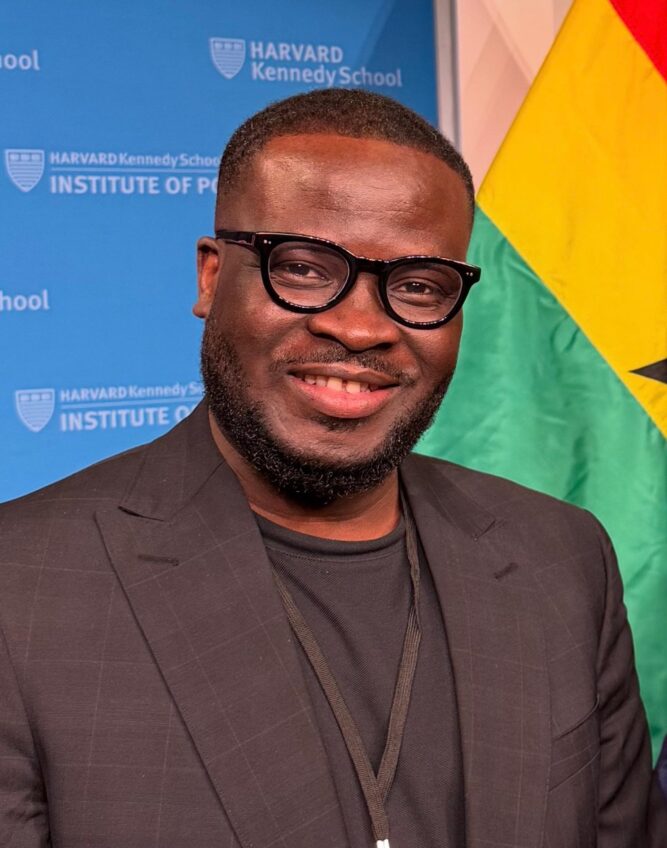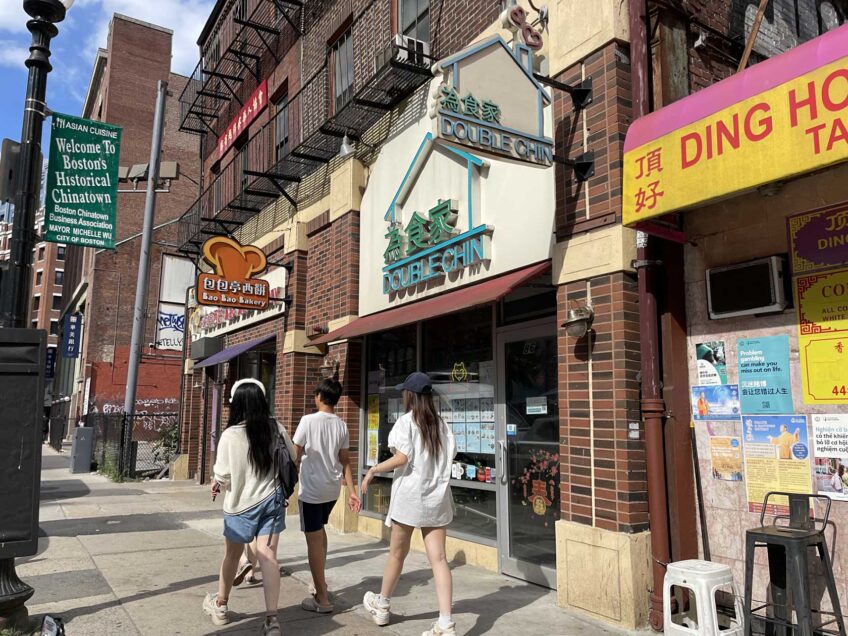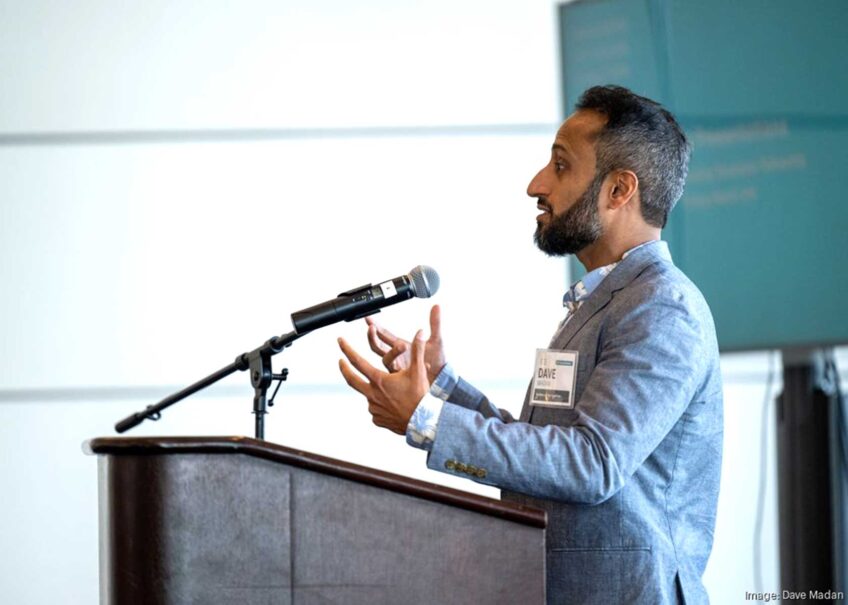The number of presidents of color at Massachusetts colleges and universities steadily increased during the last decade, reaching a record 10 percent of campus leaders in 2007 and last year, according to statistics compiled by the Banner.
Still, minority representation in the top ranks of the state’s colleges fell short of the national level. In 2006, the last year for which national statistics are available, 14 percent of college presidents were minorities.
Randolph W. Bromery, a black pioneer as a campus leader in Massachusetts, said he was not surprised the state’s performance has been subpar.
“New England has this great sense that it’s liberal and free, but it doesn’t have the numbers of African Americans to deal with,” he said. “New England is not as free as they say they are.”
None of the elite private universities that have given Massachusetts an international reputation for higher education has ever had a president of color. In the last decade, however, the growth in the number of minority presidents in the state has been driven by small private colleges with a lower profile.
In 1971, Bromery became the first person of color to lead one of the state’s colleges as chancellor of the University of Massachusetts-Amherst. Two decades later, he took the reins of Springfield College, possibly making him also the first minority to lead a private four-year college in the state.
His leadership of UMass-Amherst made Bromery, now 83 and an Amherst resident, only the second African American in the nation to preside over a historically white college. The first was Clifton R. Wharton Jr., who grew up in Roxbury, at Michigan State University.
Another pioneer in Massachusetts was David T. Shannon, who in 1991 was named president of Andover Newton Theological Seminary, a graduate school. He died last year in Atlanta.
This year, minorities lead 10 of the 111 accredited colleges in Massachusetts, down one from the record high in 2007 and 2008.
Eight of the current leaders are African Americans. The best known are Chancellor J. Keith Motley at the University of Massachusetts-Boston and presidents Jackie Jenkins-Scott of Wheelock College and Theodore C. Landsmark of Boston Architectural College.
Four lead public colleges: Motley, Dana Mohler-Faria at Bridgewater State College, Carole Berotte Joseph at Massachusetts Bay Community College and Terrence A. Gomes at Roxbury Community College.
The other six are at private colleges. Besides Landsmark and Jenkins-Scott, who is a former president of Dimock Community Health Center, they are: Linda Edmonds Turner of the Urban College of Boston, Ronald A. Crutcher of Wheaton College, Elizabeth Chen of the New England College of Optometry and Tito Guerrero, whom Cambridge College hired last month.
Chen is Asian and Guerrero is Hispanic. The other private-college presidents are African American.
Richard Doherty, president of the Association of Independent Colleges and Universities of Massachusetts, said private colleges are mindful that an increasing proportion of high school graduates will be minorities as the 21st century unfolds.
“I just think there’s heightened awareness that the student bodies these institutions educate are more diverse and are going to be more diverse in the future,” Doherty said.
Isaacson, Miller, an executive search firm based in downtown Boston, was involved in recruiting half of the private-college presidents — Crutcher at Wheaton, Chen at the College of Optometry and Guerrero at Cambridge.
John Isaacson, a principal of the firm, said that the colleges among its clients retain “a serious interest” in diversity, but the hiring of minority presidents in this state — as in the nation — has hit a plateau.
“Almost always the [search] committee has an interest in diversity,” Isaacson said. “They’ll be pretty explicit about there being a diverse pool.”
For some professors and administrators of color, a presidency represents a destination job at the end of a career in academia.
Charles Desmond, chairman of the Massachusetts Board of Higher Education, said three factors figure in preparing minorities to lead campuses. Two are scholarly work in a rigorous academic discipline and access to the traditional career ladder, which runs from department chair to dean to provost.
Mentoring, he said, is the third crucial factor.
“Historically, minorities have been outside that structure,” Desmond said.
That structure has been expanding in ways that have had results, though not enough to significantly rebalance the composition of campus leaders in the state or country.
Mohler-Faria of Bridgewater and Crutcher of Wheaton said they benefited from informal mentoring by white men who had experience as college presidents. In the case of Mohler-Faria, the mentor was James F. Hall, when he was president of Cape Cod Community College.
Both Mohler-Faria and Turner of Urban College benefited from a Harvard University program, the Institute for Education Management and Senior Executives.
Motley of UMass-Boston and Mohler-Faria also participated in another intensive institute designed specifically to increase the numbers of college presidents of color. The Millennium Leadership Initiative has held that summer program in Washington, D.C., for a decade, with support from the American Association of State Colleges and Universities.
So far, about 40 participants have later moved into a top campus job, said Gladys Styles Johnston, a cofounder of the program and former chancellor of the University of Nebraska at Kearney.
Three other African Americans from the state have participated in the leadership institute: Donnie Perkins, dean and director of diversity and affirmative action at Northeastern University; Adrenrele Awotona, director of the Center for Rebuilding Sustainable Communities after Disasters at UMass-Boston; and Byron S. Bullock, associate vice chancellor for student affairs at UMass-Amherst.
Without mentioning those or any other names, Mohler-Faria predicted: “There’s a second tier of professionals, black and Hispanic, who are ready to lead some of these institutions, and I hope they become presidents. I’m hopeful.”






